|
I finished stitching Millie Marotta's fox yesterday evening late (quite late, that is...). A few months ago this whole project started when Mary Corbet mentioned Millie Marotta's new colouring book 'Animal Kingdom' on Needle 'n Thread. Me and the fox had an instant connection. Waiting for the book to arrive at the bookstore was a tantalluskwelling. Patience is not one of my virtues. Of course, no one buys this as I am an embroideress and embroiderers are patient. Yeah right. Here you'll see the fox finished bar the stumpwork elements. I've used House of Embroidery perle #12 in shades: Wildlife A, Marigold C, Maple A & C, Strelitza A, Harvest C, Sri Lanka C, Berries B and Brass A & B. Sparkly highlights were stitched using Madeira Metallic embroidery thread #40 Colour 28 and DMC Diamant #301. I love DMC Diamant. It is not your average badly behaving metallic embroidery thread. It is much nicer. And here are some of the wired stumpwork elements. I used the same threads with a red linen background. Why red? Well after cutting them out, you do tend to see a wee bit of the background fabric. Using a background fabric corresponding with your stitching thread makes thus a lot of sense. And here is the finished piece! Needless to say: I love it to bits. Can't wait to mount the piece (oh gosh, did I really write that? Wow, I've come a long way since my first mounting instructions at Hampton Court Palace...). It will then be framed in a white IKEA frame until I can scratch together enough money to have it properly framed. Here's an angled picture so one can appreciate the 'stumpiness' of the stumpwork elements better. For those of you planning to visit Nadel & Faden in Osnabrück in September, the fox will be on display!
So what's next? A wee bit of homework. And then I am going to play with my Elizabeth Ward tiny container bead storage solution tray. You can read all about this genius system on Mary Corbet's Needle 'n Thread. See you next week!
32 Comments
Today we'll end our tour of the Regensburger Domschatz with three splendid paraments stitched in the 19th century. Generally speaking, I am not a huge fan of these 'newer' paraments as they tend to become too simple and almost hasty in their stitching techniques. This is especially true of paraments of the second half of the 20th century. However, the three pieces you are about to get acquainted with are still proof of high craftsmanship. The first piece is an antependium (Inventar-Nr. D 1974/88) or altar cloth entirely stitched with tiny seed beads! Do have a look at the enlargement of Luke's head and you'll see what I mean. The piece was stitched in Regensburg around 1890 and designed by Dean Georg Dengler (1839-1896). Dengler designed various pieces and saved many pieces of Christian art for future generations to admire. The largest piece in the collection is part of a throne baldachin (Inventar-Nr. D 1974/123). It was made in Southern Germany at the beginning of the 19th century. It contains, however, older parts. On red velvet, large floral motives in gold and silver threads are appliqued. The exotic flowers are filled with basket weaving patterns, whereas the stems and outlines are stitched with the guimped couching technique. The piece was donated by Archbishop Karl Theodor von Dalberg (1744-1817). A true child of his time, he was not only a church man, but also a Prince-Primate and a Grand Duke. The last sparkly piece I'll show you is a cope worked in goldwork and silk embroidery. It was made in Southern Germany in 1871/73 and donated by Bishop Ignatius von Senestrey (1818-1906). That's the end of our tour through the paraments of the Regensburger Domschatz. I hope you liked seeing these ancient splendours of embroidery craftsmanship. Next week I'll show you my embroidered version of Millie Marotta's fox. Fingers crossed I'll finish it on time...
I was never much of a Barbie's girl, however I do now wonder if Mattel ever made a bishop version. I would definitely buy one! And you might one too after you've seen the splendid gold and silk embroideries in this third post on the Regensburger Domschatz. When you enter the exhibition, you are greeted by this splendid mitra pretiosa (Inventar-Nr. D 1974/92), and precious she is indeed. Heavily encrusted with gold and silver embroidery, fresh water pearls and gem stones. The floral motives are worked in the guimped couching technique with a fine passing thread over card. Fillings are worked in various fine basket stitch patterns. Wheat ears are worked with looped purls and sequins are sewn down with fresh water pearls. The piece was made in 1793/94 AD in Regensburg. The mitre consists of two tapered shields (cornua) sewn together at the sides. The lining of the mitra is essentially still a cap. The two bands on the back are called vittae and symbolise the Old- and the New Testament. These episcopal gloves (Inventar-Nr. D 1974/93) date to the mid-18th century and were made in southern Germany. The extended cuffs (anicalia) are embroidered with delicate coloured silk and gold thread embroidery. Today, episcopal gloves are only seldom worn by bishops and other prelates. Of a completely different style is the cope (Inventar-Nr. D 1974/120) of the so called Stingelheim set. These liturgical vestments were donated by Dean Georg von Stingelheim (1741-1759). The vestments were made in 1740 AD in southern Germany. Colourful floral silk and gold embroidery on withe silk fabric. Look at the beautiful shading of the green leaves and the red central flower. One of my favourite pieces in the exhibition is this chasuble (Inventar-Nr. D 1974/112) covered in beautiful silk shaded flowers on a satin background. Texture is added by basket weave couching techniques in the cornucopias from which the flowers sprout. The shading is exquisite and the colours are still really strong and vivid. I can clearly see my little bishop doll wearing a miniature version of this!
I hope that these pieces have brightened your day too. And maybe they have even inspired you to a new embroidery piece. Do share your ideas below. Literature Hubel, A. (Ed.) (1976): Der Regensburger Domschatz. München: Schnell & Steiner. Today we will explore the post-medieval (16th and 17th century AD) paraments from the Regensburger Domschatz. The oldest piece, the hood of a cope, dates to the first half of the 16th century and was made in southern Germany. It is a very interesting piece as it consists of raised (stumpwork) embroidery. The scene depicts the last judgement. Unfortunately, this piece is really badly displayed: in a dark corner, where two sheets of glass meet. Why do museum conservators hate us interested embroiderers so much? This detailed picture shows many different stumpwork techniques. I particularly like the curliness of the figures' hair and the draping of their clothing. The background couching of the metal and silk threads is quite nice too. The piece made me chuckle when I started to study it more closely. Although the post-medieval period saw a revival of the practice of post-mortem examination, the results were clearly not widely available... Jesus' six-pack is of the same anatomical strangeness as seen on other contemporary art forms such as paintings and statues. Lucky for Jesus that things would soon make a turn for the better in the Renaissance period. The next piece I would like to show you is a chasuble (Inventar-Nr. D 1974/106) from the first half of the 17th century. It consists of a silk silver moire with bands of heavy gold and silk (yellow) embroidery. The gold embroidery consists of many small floral motives. It probably sparkled lovely in the candle light, but up close it looks a little too much and chaotic. On the lower back, the heraldic shield of the counts of Lodron, an Italian noble family is displayed. The last piece I am showing you today is a bursa from the second half of the 17th century. The bursa contains the corporale, a piece of fabric on which the Holy Communion is prepared. The red taffeta bursa is densely covered in metal thread embroidery. The alternating use of plate and twist threads over padding in some of the leaves is an interesting idea.
With this magnificent bursa I leave you this week. I am planning two future posts on the Regensburger Domschatz as there was sooooo much to see. Stay tuned if you would like to see a huge altar cloth entirely stitched in tiny seed beads. |
Want to keep up with my embroidery adventures? Sign up for my weekly Newsletter to get notified of new blogs, courses and workshops!
Liked my blog? Please consider making a donation or becoming a Patron so that I can keep up the good work and my blog ad-free!
Categories
All
Archives
July 2024
|
Contact: info(at)jessicagrimm.com
Copyright Dr Jessica M. Grimm - Mandlweg 3, 82488 Ettal, Deutschland - +49(0)8822 2782219 (Monday, Tuesday, Friday & Saturday 9.00-17.00 CET)
Impressum - Legal Notice - Datenschutzerklärung - Privacy Policy - Webshop ABG - Widerrufsrecht - Disclaimer
Copyright Dr Jessica M. Grimm - Mandlweg 3, 82488 Ettal, Deutschland - +49(0)8822 2782219 (Monday, Tuesday, Friday & Saturday 9.00-17.00 CET)
Impressum - Legal Notice - Datenschutzerklärung - Privacy Policy - Webshop ABG - Widerrufsrecht - Disclaimer

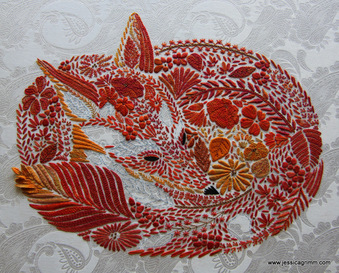
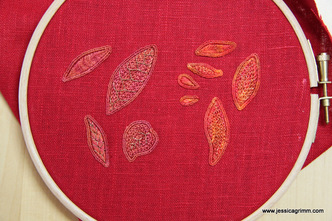
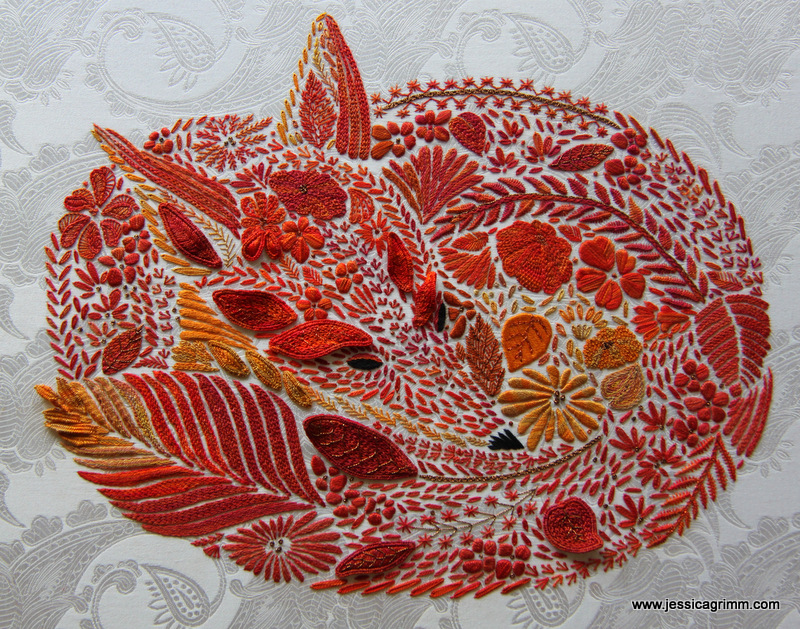
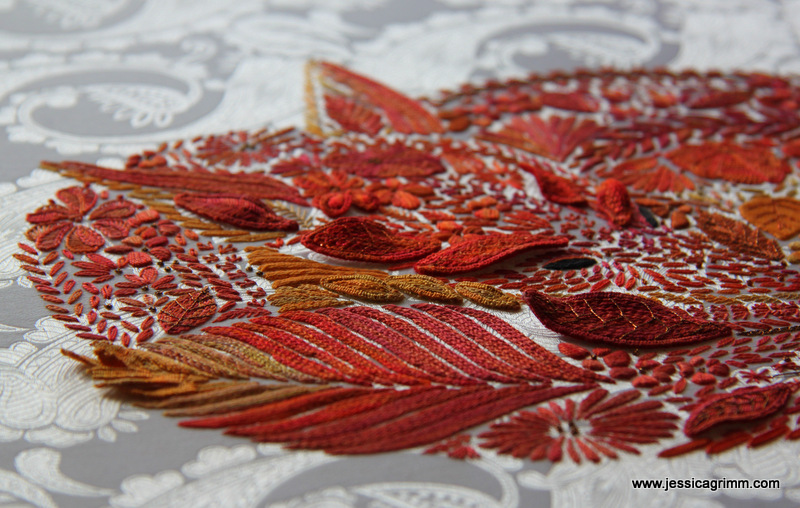
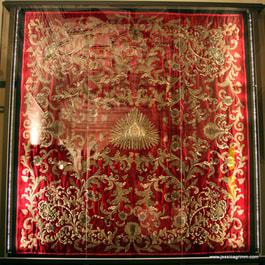
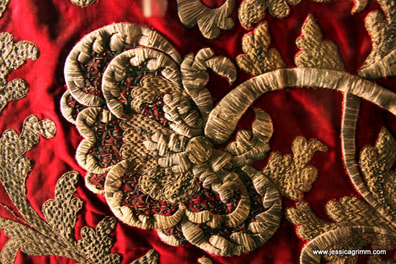
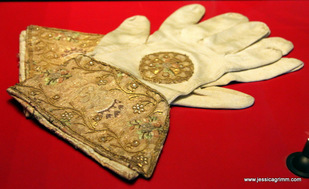
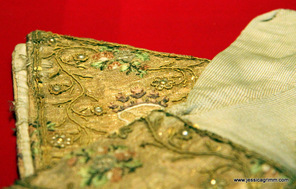
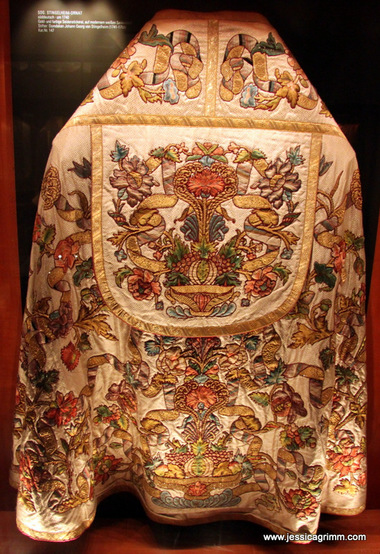
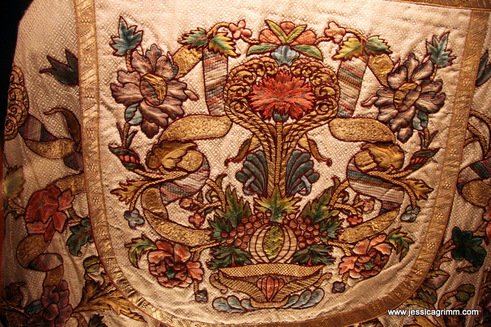
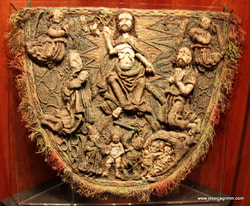
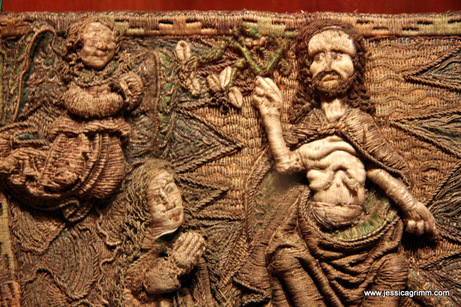
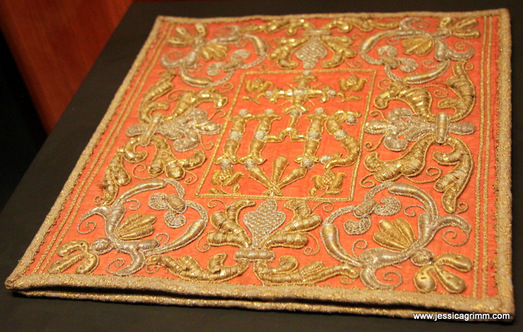
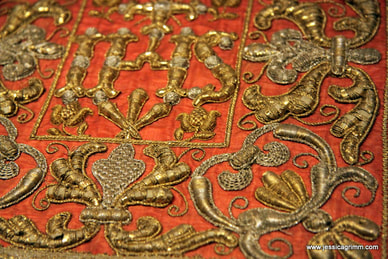





 RSS Feed
RSS Feed